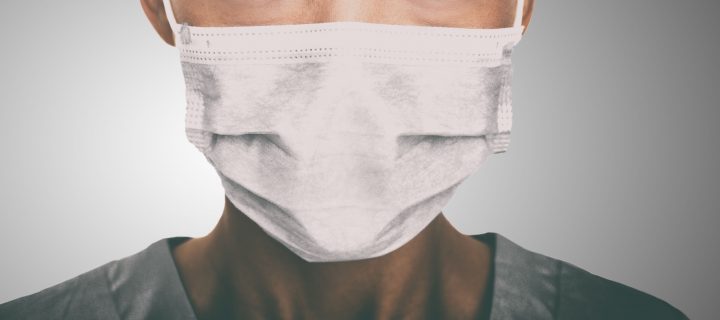Something that fits right and that you’ll wear consistently is best.
The Omicron variant of COVID-19 has brought with it rapidly rising rates of coronavirus infection around the world. Case numbers are at all-time high levels in the US, as are hospitalizations. Daily deaths are ranging up and down with a 7-day average somewhere between 1,000 and 2,000 people dying from the coronavirus each day. Although improvements are being made, things don’t yet look that great. So, it goes without saying that wearing a mask is still highly recommended.
How can you find the best mask and what should you be wearing? Here’s a look.
Where should you wear a mask?
Your mask is meant to reduce your chances of spreading germs around, and it can also reduce your exposure to infectious viruses in your environment. Of course, you don’t need to wear a mask in your own home unless you live with others and one or more of you have tested positive for COVID-19. Masking in public is a great idea, however.
According to medical experts, it’s recommended that you wear a mask whenever you travel on a bus, train, plane, or some other type of transportation. This applies to traveling into, out of, and within the US.
Related: COVID-19 and Your Menstrual Cycle: 3 Things You Should Know
It’s also advised that all people over the age of 2 years old wear a mask when out in public and when around people who don’t live in the same household you do. This is especially important if you work in a job like being a waiter or waitress. With this position you may come into contact with many people and a lot of them may not be wearing masks themselves.
You should also wear a mask when you’re in outdoor spaces like at a concert. In situations like these it’s impossible to practice social distancing and it can be crowded.
Generally speaking, each state has its own approach to masking and if you’re traveling between locations it’s wise to learn about the rules before you go. This list provides a state-by-state mask rules reference although these rules could change over time.
What type of mask offers the best protection?
Wearing a mask is better than not wearing one but some have been proven to provide you with better protection than others. N95 masks are some of the best on the market but authorities are urging those approved for use by the CDC be kept and prioritized for health care workers to use.
Masks to avoid include:
- Those that don’t fit well around your face and leave large gaps
- Those that have just one layer
- Masks made with vents or valves
- Ski masks
- Scarves
- Loosely knit masks
- Masks that are made from plastic or another material that doesn’t allow any air to pass
Mask that are recommended include:
- Masks made with more than one layer
- Medical /surgical/disposable masks
- Those with a good fit around your nose, cheeks, and chin
- Those with an inner pocket for a filter
- Masks that provide protection but that allow you to breathe easily
What else are the experts saying?
The most recent update to CDC guidelines advises that you wear the most protective mask or respirator you can get your hands on, that fits well, and that you’ll be likely to wear consistently.
Who shouldn’t wear a mask? Children under the age of two shouldn’t wear a mask. In addition people who have a disability that prevents them from wearing their mask safely, and anyone for whom wearing a mask could present a workplace health and safety risk should avoid them.
Do you have a favorite mask you’d like to keep using but wish were more protective? Check out tips on how to improve it, here.
photo credits: medical experts/Shuttertstock.com












